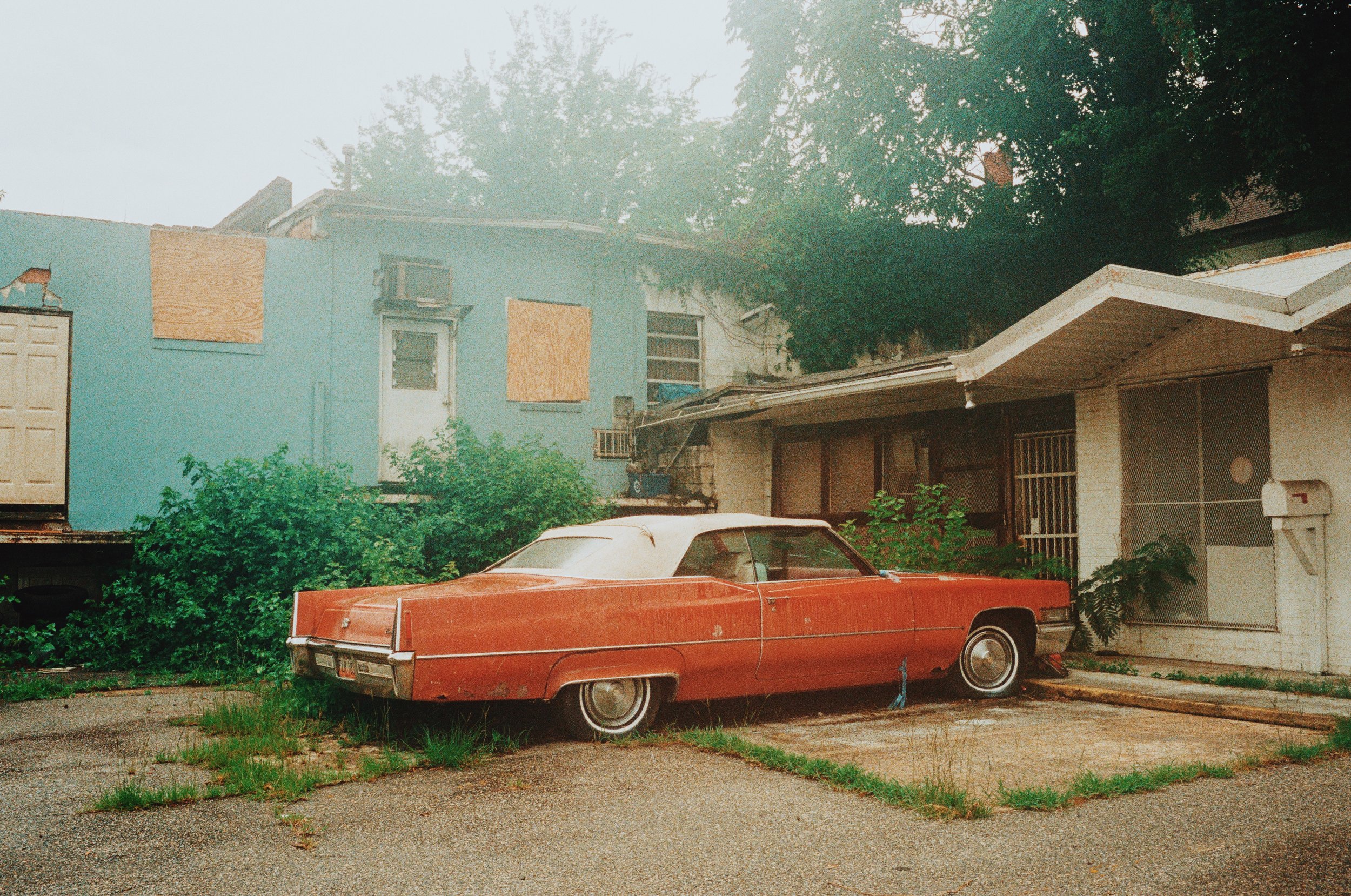How to Apply and Prepare for Art Festivals: A Comprehensive Guide
For artists looking to broaden their horizons, art festivals provide an invaluable platform to showcase their work, gain exposure, and interact with a diverse audience. These events not only offer a chance to sell your art but also to connect with fellow artists, collectors, and art enthusiasts. Whether you're a seasoned exhibitor or a newcomer to the festival scene, understanding the ins and outs of applying and preparing for these events is crucial for a successful experience. This comprehensive guide aims to demystify the process, from selecting the right festivals and navigating the application process to effectively preparing for and participating in the event. With the right approach, art festivals can be a rewarding opportunity to share your creativity with the world and take your artistic career to new heights.
Applying to Art Festivals
1. Research and Select the Right Festivals
Start by researching art festivals that align with your style and target audience. Consider factors such as the festival's location, size, and the type of art it typically showcases. Look for festivals with a good reputation and a history of attracting a sizable crowd, as this can increase your chances of making sales and gaining exposure. Websites like ZAPP and FestivalNet can be valuable resources for finding events. Additionally, reach out to fellow artists for recommendations and read reviews from previous participants to get a sense of the festival's atmosphere and organization.
2. Understand the Application Requirements
Each festival has its own set of application requirements, which can vary widely. Familiarize yourself with these requirements well in advance of the deadline. Typically, you'll need to submit an artist statement, a portfolio of your work, and an application fee. Some festivals may also require a booth design plan, a detailed description of your display setup, and proof of insurance. Make sure you have all the necessary documentation and information ready before you start the application process.
3. Create a Strong Portfolio
Your portfolio is a critical component of your application, as it represents your artistic talent and style. It should showcase your best work and reflect the style you plan to exhibit at the festival. Include high-quality images with good lighting and clear details. If possible, provide a range of pieces that demonstrate your versatility as an artist. A cohesive portfolio that tells a story or presents a consistent theme can significantly impact the selection committee's decision.
4. Write a Compelling Artist Statement
Your artist statement is an opportunity to provide insight into your work and artistic vision. It should be concise, engaging, and reflective of your unique perspective as an artist. Explain the inspiration behind your work, the techniques you use, and the message or emotions you aim to convey. Your statement should complement the work you're submitting and give the selection committee a deeper understanding of your art.
5. Submit Your Application on Time
Application deadlines for art festivals are usually strict, and late submissions are often not considered. Mark the deadlines on your calendar and aim to submit your materials well in advance. This will give you time to double-check your application for completeness and accuracy. Some festivals offer early bird discounts on application fees, so submitting early can also save you money.
By following these steps and putting careful thought into your application, you can increase your chances of being accepted into art festivals and make the most of the opportunities they provide for showcasing your work and growing your artistic career.
Preparing for Art Festivals
1. Plan Your Booth Layout
Designing an inviting and functional booth layout is crucial for attracting visitors and showcasing your work effectively. Consider factors like lighting, which can highlight your artwork and create a welcoming ambiance. Use display racks, shelves, or walls to organize your pieces in a visually appealing manner. Ensure there's enough space for visitors to move around comfortably. Signage with your name and social media handles can help visitors remember and connect with you after the event.
2. Create a Checklist of Supplies
Being well-prepared is key to a smooth festival experience. Make a comprehensive list of all the supplies you'll need, including your art pieces, display materials (tent, table, easels, hooks, stands), packaging supplies (bubble wrap, bags, boxes), and payment processing equipment (card reader, cash box). Don't forget essentials like business cards, a first aid kit, and snacks and water for yourself.
3. Price Your Artwork
Pricing your artwork can be challenging, but it's important to find a balance that reflects the value of your work and is attractive to buyers. Consider factors like the size of the piece, the medium used, the time invested, and the cost of materials. Having a range of price points can cater to different budgets and increase your chances of making sales. Clearly label the prices on your artwork to make it easy for visitors to make purchasing decisions.
4. Promote Your Participation
Building anticipation for your festival appearance can attract more visitors to your booth. Use social media platforms, email newsletters, and your website to announce your participation. Share sneak peeks of the artwork you'll be showcasing, and give followers a glimpse of your booth setup. Engaging with your audience beforehand can create a buzz and encourage people to visit you at the festival.
5. Network with Fellow Artists
Art festivals provide a unique opportunity to connect with other artists in your community or field. Take the time to visit other booths, exchange contact information, and discuss potential collaborations or joint projects. Building relationships with fellow artists can lead to new opportunities and a supportive network.
6. Gather Feedback
Engaging with visitors and collecting feedback on your work can provide valuable insights for your artistic development. Encourage visitors to share their thoughts and impressions, and take note of any recurring comments or suggestions. This feedback can be instrumental in refining your style, understanding your audience, and planning future exhibitions.
Conclusion
Participating in art festivals is a rewarding experience that can significantly enhance your visibility as an artist and open doors to new opportunities. By carefully applying to the right festivals and meticulously preparing for your participation, you set the stage for a successful event that can showcase your talent, expand your network, and potentially boost your sales.
The journey from application to exhibition is a learning experience that allows you to refine your presentation skills, understand your audience, and receive direct feedback on your work. Each festival is an opportunity to grow, both personally and professionally, and to connect with a community that shares your passion for art.
As you continue to participate in art festivals, you'll develop a deeper understanding of what works best for you and your art. You'll learn how to adapt to different environments, tailor your booth setup to suit various spaces, and engage with diverse audiences. This knowledge is invaluable and will serve you well in all your artistic endeavors.
Remember, the key to a successful art festival experience lies in thorough preparation, a positive attitude, and a willingness to learn and adapt. Embrace the challenges and opportunities that come your way, and enjoy the journey of sharing your art with the world.












